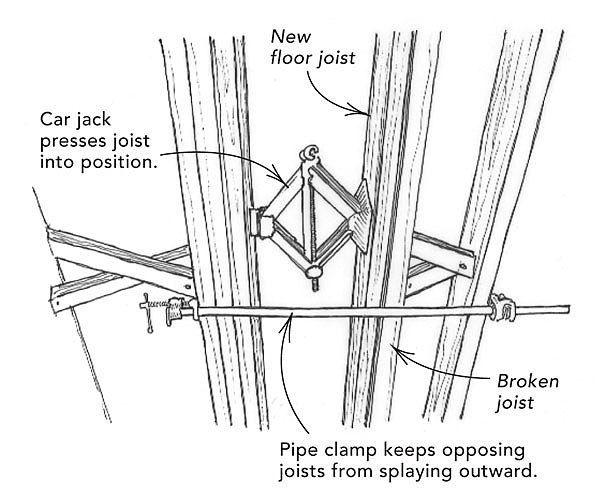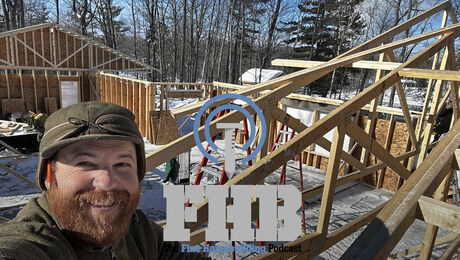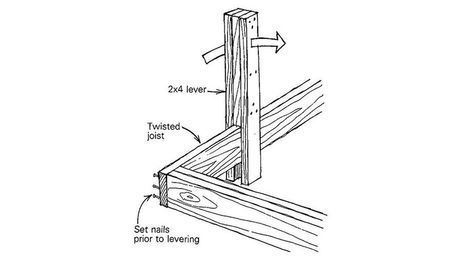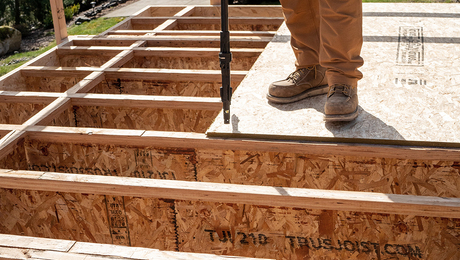Fixing a Broken Floor Joist
A lightweight car jack may be the answer to repairing tricky floor joists.

When our 1920s farmhouse was moved in the ’70s, it gained a new foundation and a couple of broken floor joists. The joists never were repaired, so by the time we bought the house, the floor had some distinctly springy spots.
Working from below in a full basement, it seemed an easy proposition to sister a new joist to the side of a broken one. However, my first attempts at bringing the joists together with C-clamps didn’t work very well. I couldn’t exert enough pressure to the top of the new joist to bring it flat against the old one.
As shown in the drawing, I ended up using the lightweight jack from my wife’s compact car to get the job done. It allowed me to work my way along the length of the joist, pressing it into place and nailing it to the broken joist. To keep the joists aligned on each side of the work, I used a pipe clamp to counter the force of the jack.
— John Mares; Dassel, MN
From Fine Homebuilding #164
RELATED STORIES
Got a Tip?
Do you have any great tips like this one on how to fix broken floor joists? Share your methods, tricks, and jigs with other readers. Tag them @FineHomebuilding on social, email them to us at tips@finehomebuilding.com, or upload them to FineHomebuilding.com/reader-tips. We’ll pay for any we publish.






























View Comments
Better to use screws verses nails?
Bob
Sometimes the old joists will be bowed. What I do if there is room below the old joists is to place a 4x4 under the old joists where it is the lowest, leaving enough space for a 2 ton jack below the 4x4, and gently jack it up until it matches the new sister joists, and then bolt them together. Just a thought.
Nails are good in this situation as they 'flex' as the joist's live load changes. This may add to 'squeeks' but that gives the house 'character'. Either will work in the long run.